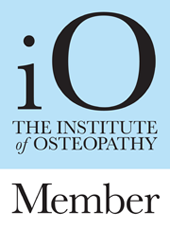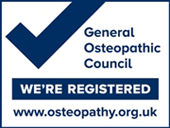Head and Neck Pain
Head and neck pain is common in people of all ages, often resulting from mechanical dysfunction of the upper extremity (head, neck, shoulder complex and upper back).
Common aggravating factors for head and neck pain include prolonged periods of computer use and a bad desk posture, driving long distances, road traffic accidents, poor standing or sitting posture, stress, tiredness and jaw dysfunction. Each of these factors can tighten the neck muscles and irritate the neck and upper back joints, thus contributing to ongoing head and neck pain.
Mechanical dysfunction of the neck can cause more than just localised symptoms. Patients often report pain radiating into the chest, arms and hands, headaches and sensory change (numbness or tingling) into the arms and fingers. Similarly, a problem elsewhere such as the lower back may lead to an altered posture, resulting in head and neck pain.
Osteoarthritis (age-related wear and tear) in the neck can cause muscular pain from the neck into the shoulder, as well as joint stiffness when moving the neck.
Sinus irritation due to allergy, infection or poor facial mechanics can cause pain throughout the head and face. Symptoms of sinusitis include coughing, congestion, headaches, facial pain, nausea and a loss of appetite. A post-nasal drip can also occur with sinusitis and may lead to a chronic cough that interrupts sleep.
Temporomandibular (TMJ) joint dysfunction is not uncommon, leading to a painful or clicking jaw, bruxism (teeth grinding), headaches, neck and shoulder pain, ear problems (such as glue ear) and tinnitus (ringing in the ears). There are many causes for TMJ dysfunction, including but not limited to imbalances and stresses through the facial bones, muscles and teeth.
Osteopathic treatment for head and neck pain is tailored to suit each individual. Osteopaths will select from a number of suitable techniques to reduce muscular tension and reduced range of movement in the joints of the neck and upper back. Postural advice for computer use and driving position may be offered as an adjunct to guidance on exercise and stretching to help relax the neck and upper back muscles and joints.
X-rays, scans and other tests are sometimes required to make a diagnosis and osteopaths might refer to a GP or a specialist for additional investigations or treatment.


